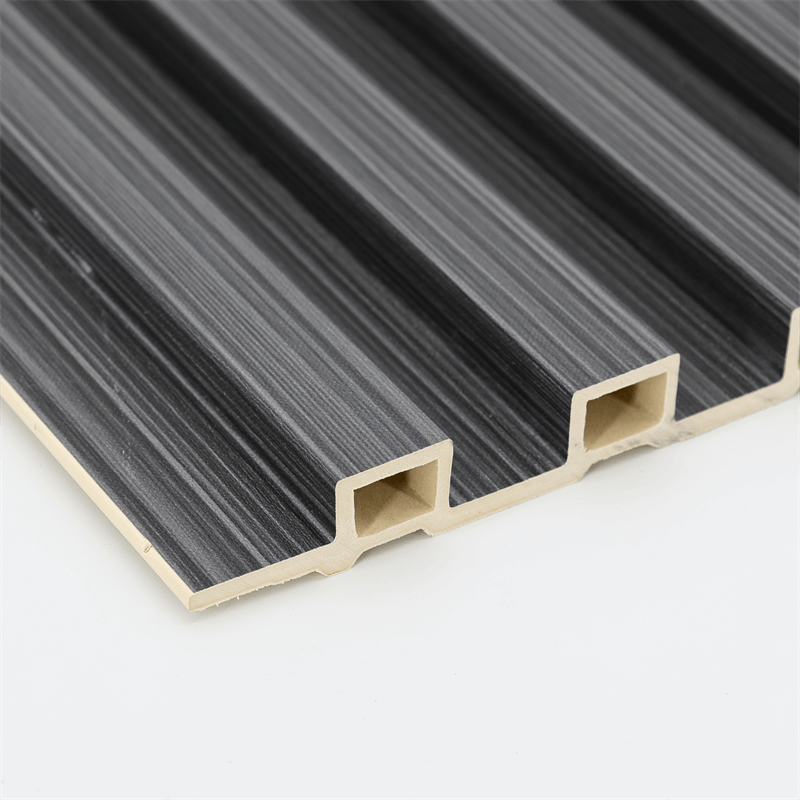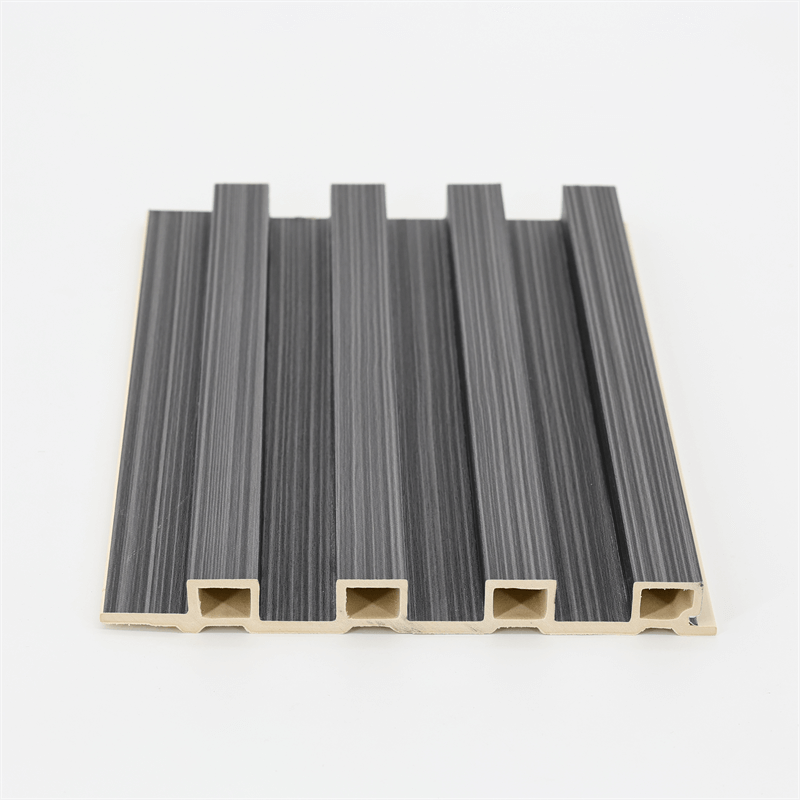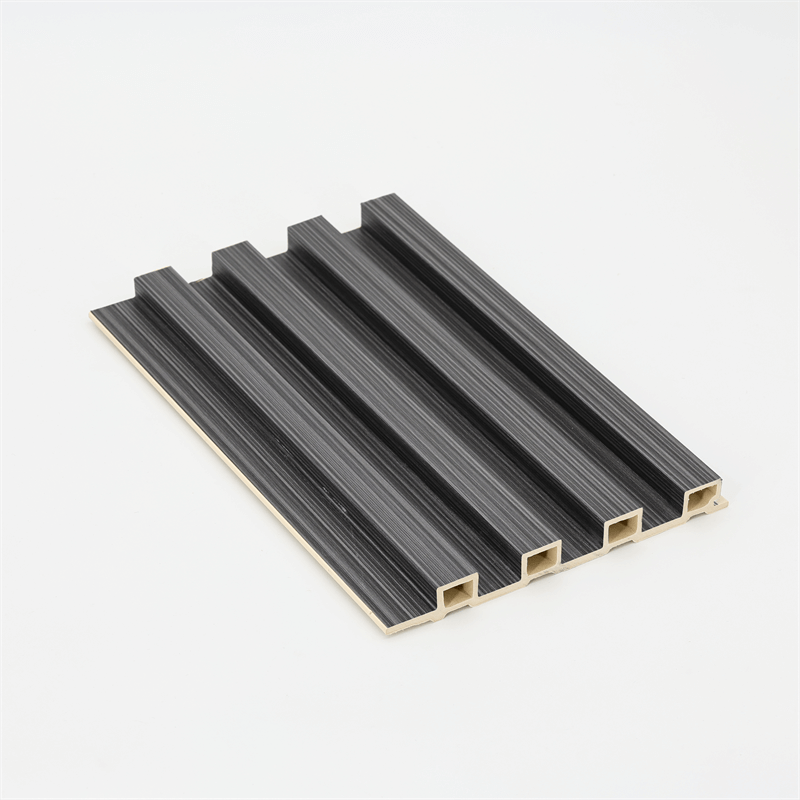Fire safety is a critical aspect of any building construction. When it comes to wall panels, ensuring fire resistance is of paramount importance.
In recent years, wood-plastic composite (WPC) wall panels have gained popularity due to their versatility and aesthetic appeal.
However, it is crucial to address the fire resistance properties of these panels to ensure the safety of occupants and the overall integrity of the building.
This essay explores the importance of fire resistance in WPC wall panels and highlights the necessary safety measures to mitigate fire risks effectively.
I. Understanding Fire Resistance in WPC Wall Panels:
Fire resistance refers to the ability of a material or product to withstand the spread of fire or retard its ignition.
In the case of WPC wall panels, fire resistance plays a crucial role in preventing the rapid propagation of flames and limiting the release of smoke and toxic gases.
WPC wall panels are typically composed of a blend of wood fibers and thermoplastic materials. While wood fibers contribute to their aesthetic appeal, they also pose a fire risk due to their combustible nature.
Therefore, incorporating fire-resistant properties into WPC panels is essential to ensure their safe usage in building construction.
II. Fire Safety Measures for WPC Wall Panels:
Fire Retardant Additives: One effective approach to enhancing the fire resistance of WPC wall panels is the incorporation of fire retardant additives during the manufacturing process.
These additives work by reducing the flammability of the panel, slowing down the spread of flames, and limiting the release of smoke and toxic gases.
Fire retardant additives can be introduced into the formulation of the WPC material, ensuring that the panels meet the required fire safety standards.
These additives act as a protective barrier, providing additional time for occupants to evacuate the building and for emergency responders to mitigate the fire.
Testing and Certification: To ensure the fire resistance of WPC wall panels, rigorous testing and certification are essential.
Various international standards and testing protocols exist to evaluate the fire performance of building materials, such as flame spread, smoke development, and heat release.
Manufacturers should subject their WPC wall panels to these standardized tests to obtain the necessary certifications.
These certifications provide assurance to architects, builders, and occupants that the panels meet the required fire safety standards, instilling confidence in their usage within buildings.
Installation and Fire Barrier Systems: Proper installation of WPC wall panels is crucial for maintaining their fire resistance capabilities.
It is important to follow manufacturer guidelines and recommendations to ensure that the panels are installed correctly and securely.
Additionally, incorporating fire barrier systems within the building’s design can further enhance fire safety.
Fire barriers, such as fire-resistant coatings or intumescent materials, can be integrated behind or around the WPC wall panels to provide an additional layer of protection.
These barriers help contain the spread of fire and limit its impact on the overall structure.
Building Codes and Regulations: Adherence to local building codes and regulations is essential for ensuring fire safety in construction projects involving WPC wall panels.
Building codes specify the minimum requirements for fire resistance, smoke development, and flame spread of construction materials.
Architects, builders, and designers must familiarize themselves with the applicable codes and regulations governing the use of WPC wall panels.
Compliance with these regulations not only ensures the safety of the building and its occupants but also protects against legal and liability issues.
III. The Benefits of Fire Resistance in WPC Wall Panels:
Occupant Safety: The primary benefit of fire resistance in WPC wall panels is the safeguarding of occupant safety.
By incorporating fire-resistant properties, the panels contribute to reducing the risk of fire-related injuries and fatalities.
They provide occupants with crucial evacuation time and allow emergency responders to effectively manage the situation.
Property Protection: Fire-resistant WPC wall panels help protect the property by limiting the spread of flames and minimizing fire damage.
This not only reduces repair and reconstruction costs but also ensures the structural integrity of the building.
By investing in fire-resistant materials, property owners can mitigate the financial and emotional losses associated with fire incidents.
Insurance Premium Reduction: Installing fire-resistant WPC wall panels can have a positive impact on insurance premiums.
Insurance companies often offer lower premiums for buildings that incorporate fire-resistant materials, as they are considered less prone to fire-related risks.
By choosing fire-resistant WPC panels, property owners can potentially reduce their insurance costs while ensuring adequate coverage.
Compliance with Building Regulations: Fire-resistant WPC wall panels help ensure compliance with local building regulations and codes.
Meeting these requirements not only promotes safety but also helps prevent potential legal and regulatory issues.
Compliance demonstrates a commitment to responsible construction practices and a dedication to the well-being of occupants.
Fire resistance is a critical aspect to consider when utilizing WPC wall panels in building construction.

By implementing fire safety measures such as fire retardant additives, testing and certification, proper installation, and adherence to building codes, the risk of fire incidents can be significantly reduced.
Fire-resistant WPC wall panels not only prioritize occupant safety but also protect properties and promote compliance with regulatory standards.
It is essential for architects, builders, and homeowners to prioritize fire safety and consider the fire resistance properties of WPC wall panels during the design and construction phases.
By doing so, they can create safer living and working environments, mitigate fire-related risks, and ensure the long-term sustainability and resilience of buildings.
In conclusion, the importance of fire resistance in WPC wall panels cannot be overstated.
Incorporating fire safety measures and utilizing fire-resistant materials is crucial for ensuring the safety of occupants and protecting properties from the devastating effects of fire incidents.
By implementing fire retardant additives, conducting thorough testing and certification, following proper installation practices, and adhering to building codes and regulations, the fire resistance of WPC wall panels can be effectively enhanced.
These measures not only minimize the risk of fire spread but also provide occupants with vital evacuation time and allow emergency responders to address the situation promptly.
The benefits of fire resistance in WPC wall panels extend beyond occupant safety. They protect properties from extensive damage, potentially reducing repair and reconstruction costs.
Additionally, the installation of fire-resistant materials can lead to lower insurance premiums, as insurance companies recognize the reduced fire-related risks associated with these panels.
Compliance with building regulations ensures that constructions meet the required standards, promoting responsible building practices and avoiding legal and regulatory complications.
Ultimately, the utilization of fire-resistant WPC wall panels contributes to creating safer living and working environments.
By prioritizing fire safety and incorporating fire-resistant materials, architects, builders, and homeowners play a crucial role in preventing fire incidents and safeguarding the well-being of occupants.
As the construction industry continues to evolve, it is vital to recognize the significance of fire resistance in building materials, including WPC wall panels.
Embracing fire safety measures and utilizing fire-resistant materials will contribute to a safer and more resilient built environment, ensuring the protection of lives and properties against the devastating impact of fires.


